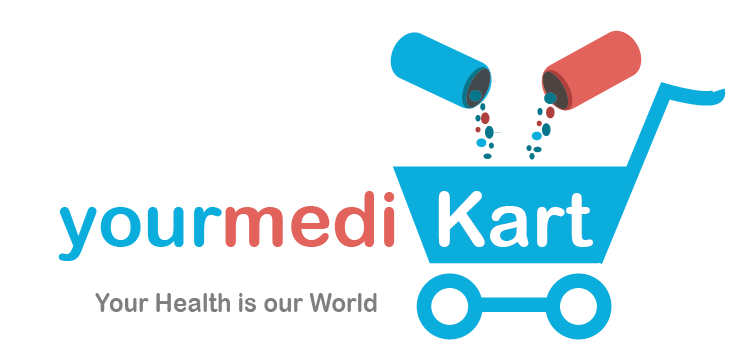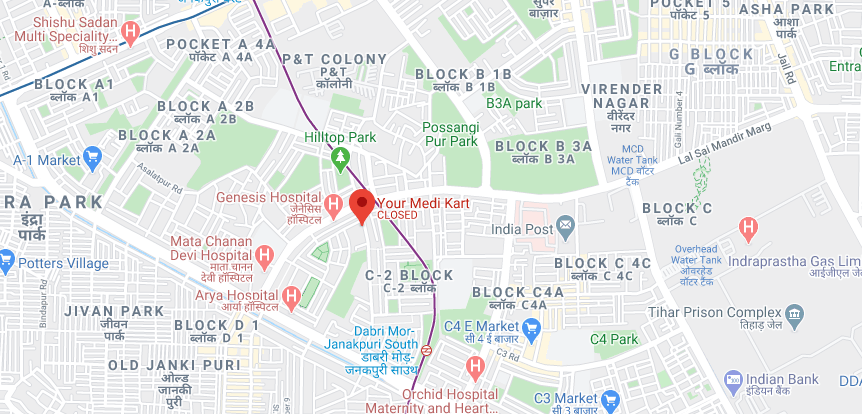Yarilet Perez is an experienced multimedia journalist and fact-checker with a Master of Science in Journalism. She has worked in multiple cities covering breaking news, politics, education, and more. Her expertise fix the process not the problem is in personal finance and investing, and real estate. Let’s say a business has $5,000 in inventory at the start of the month. The company spent roughly $5,000 on raw goods, salaries, and delivery.
Businesses must understand their direct costs to set prices that cover them while keeping to price points that maintain competitiveness and ensure a profit. If COGS or the cost of sales increases without adjusting prices, the company might face reduced margins. Therefore, companies often review these costs regularly to make informed pricing decisions, ensuring they align with market conditions and business objectives. Cost of sales examines the direct and indirect expenses of selling a company’s goods and services. In contrast, COGS looks at the direct costs of manufacturing a company’s items.
Cost of Sales Definition
The cost of sales and cost of goods sold (COGS) are crucial when analyzing whether a business is profitable. However, companies often list COGS or cost of sales (and sometimes both) on their income statements, leading to confusion about what they mean. Fortunately, for those confused, there is almost no difference between COGS and cost of sales in practical terms. The cost of sales (also known as the cost of revenue) and COGS track the cost of producing a good or service.
- The slight difference between the cost of sales and COGS is that it also includes the costs of services provided, making it more relevant to service-oriented businesses.
- Your overall gross margin gives you a general idea of the production costs in relation to your revenue.
- If these costs are rising while revenue isn’t, this could indicate that direct costs are not being managed properly.
- While both terms essentially track the direct costs faced by a company, their application depends on the industry and the nature of the business.
- In accounting, the acronym COS could indicate either cost of sales or cost of services.
- The sample income statement below shows the cost of sales for a retailer/wholesaler that purchased 10,000 units of a single product for $3.50 each and sold each unit for $10.
As a percentage of revenue, cost of sales determines purchasing efficiency. In contrast, the cost of sales calculation indicates the number of goods sold. In other words, the cost of sales formula is critical if you want to successfully comprehend your company’s finances. It is a metric used to determine the cost incurred in producing the goods or services for the end-user to buy. COS is a business expense on the income statement since it is a cost of doing business. While some businesses only report COGS or cost of sales on their balance sheets, others report both.
The income statement starts with the company’s total revenue or sales for the period. Then, COGS is subtracted from this total revenue to calculate the gross profit. Cost of sales and COGS are key metrics in analyzing business profitability. Both show the operation costs involved in producing goods or services. If these costs are rising while revenue isn’t, this could indicate that direct costs are not being managed properly. Because service-only businesses don’t base operating expenses on tangible goods, they cannot list COGS on their income statements.
Understanding Gross Margin and Cost of Sales
COGS comes after revenue because it contains all direct costs related to generating revenue. According to Tom Tunguz, 50-75% is a good target to aim for depending https://www.kelleysbookkeeping.com/cash-basis-accounting-vs-accrual-accounting-2/ on which lifecycle your SaaS business is in. A more common consensus is that a profitable SaaS business model should have a gross margin rate of 80-90%.
Cost of sales helps determine the net profit and keep track of the product’s performance in the market. We’re a professional services consultancy providing highly skilled team members across a variety of complementary disciplines. This website is using a security service to protect itself from online attacks. There are several actions that could trigger this block including submitting a certain word or phrase, a SQL command or malformed data. Cost of sales (COS) indicates how much a retail or wholesale business spends on the products it purchases from suppliers for resale. Once you have your COS, you can then calculate your gross margin using the formula below.
Effective inventory management is crucial in controlling and predicting COGS. Practices such as just-in-time inventory management can cut holding costs and minimize waste, directly affecting COGS by lowering the amount of capital held up in unsold stock. Conversely, poor inventory management can lead to overstocking or stockouts, which can increase holding costs or cause missed sales.
Your overall gross margin gives you an idea of your production costs in relation to your revenue. Use your gross margin rate to help you figure out how to grow your revenue faster than your COS. The direct costs of creating or purchasing a good sold to a client gets represented by the cost of sales.
Cost of Goods Sold (COGS)
The sample income statement below shows the cost of sales for a retailer/wholesaler that purchased 10,000 units of a single product for $3.50 each and sold each unit for $10. Suppose you stop paying for a given expense but still have the ability to make goods or provide services. In that case, that expense should not get included in your cost of sales formula. To understand your GM, it’s crucial to calculate your COGS or COS correctly. These metrics not only help you to make informed management decisions that optimize both profits and cash flow, but also enable investors and lenders to determine your business’ valuation and creditworthiness. Managers use the cost of sales to assign value to units in inventory.
Examples of businesses that would do so are attorneys, business consultants, and doctors. COGS tracks the direct costs tied to the production of a company’s goods. This includes the materials and labor directly used to create the product but excludes indirect expenses such as marketing, distribution, and sales. The cost of sales accounts for only the production costs of goods (or services) sold.
While they can be treated the same, there is a difference between COGS and cost of sales. While both terms essentially track the direct costs faced by a company, their application depends on the industry and the nature of the business. COGS is commonly used by manufacturing and goods-based companies to reflect the direct production costs, such as raw materials and labor. Meanwhile, the cost of sales is more applicable to service-oriented or retail businesses, covering costs directly tied to the provision of services, including labor and overhead. Both numbers are important in calculating a company’s gross profit, which is found by subtracting these costs from total revenue. Cost of sales, or cost of revenue, comprises the direct costs of producing the goods or services that a company sells.
Gross profit is calculated by subtracting either COGS or cost of sales from the total revenue. A lower COGS or cost of sales suggests more efficiency and potentially higher profitability since the company is effectively managing its production or service delivery costs. Conversely, if these costs rise without an increase in sales, it could signal reduced profitability, perhaps from rising material costs or inefficient production processes. Your gross margin is one of the key indicators of how profitable and scalable your business is. It gives you a general idea of your production costs in relation to your total revenue. Apart from that, knowing the gross margin of ALL your revenue streams and how they contribute to the overall gross margin will help you with budget and resource allocation.



